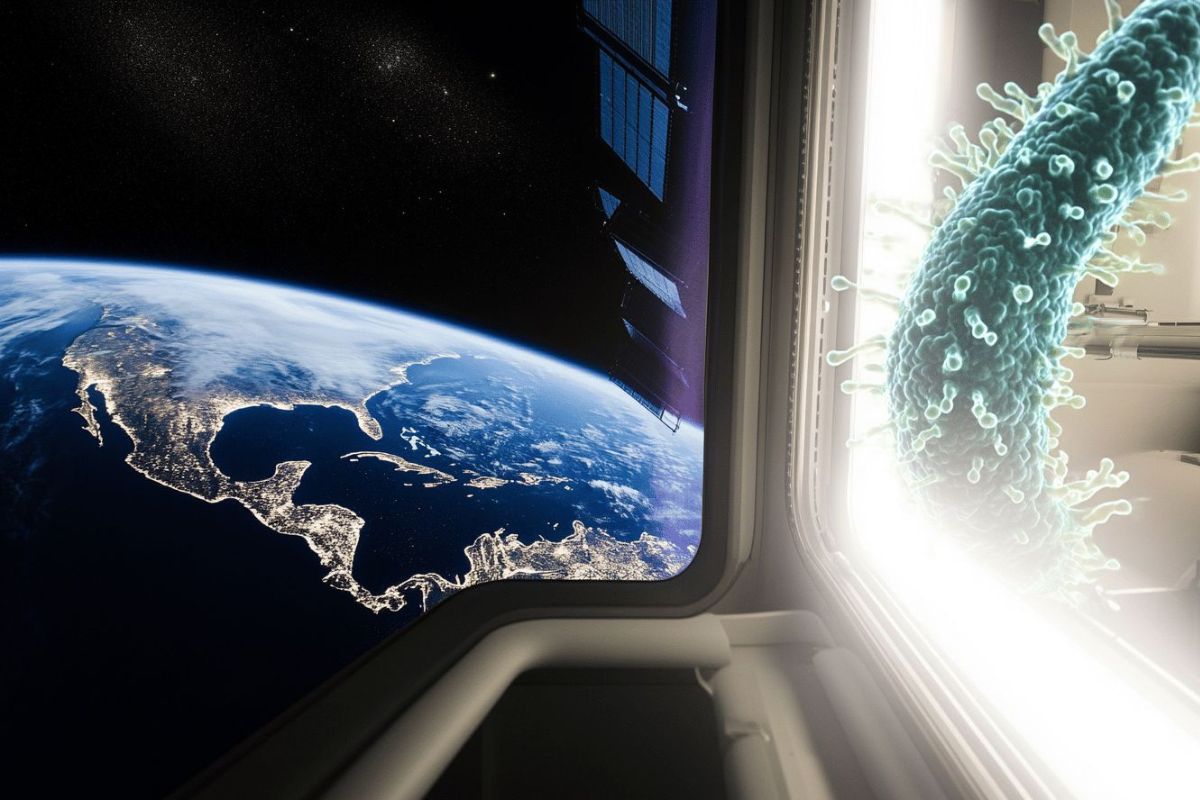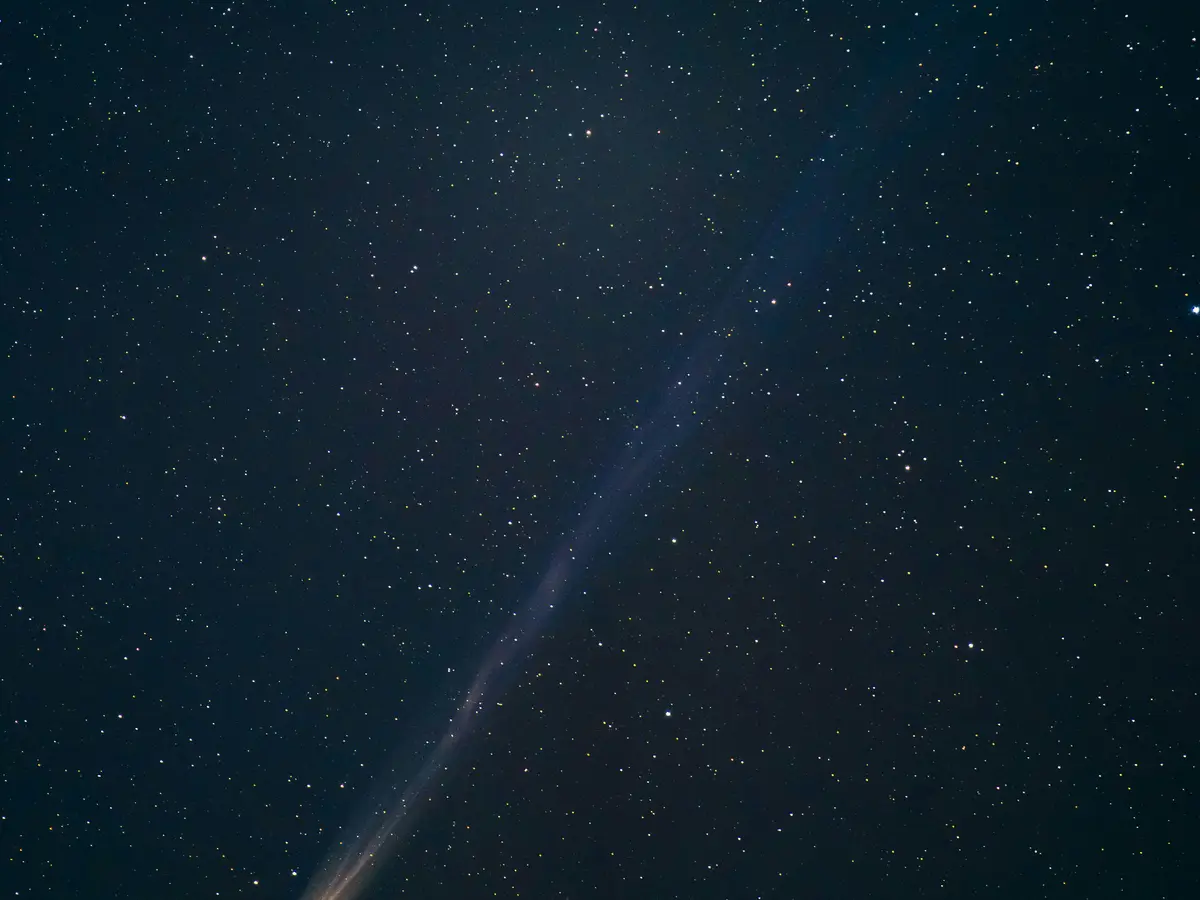Unbelievable Signs of Ancient Life Discovered on Mars - Are We Alone?

What if I told you that Mars might have harbored life millions of years ago? A groundbreaking study has unveiled astonishing evidence suggesting that the Red Planet once had conditions suitable for life, and it’s all thanks to a collaboration between NASA and Imperial College London.
In a remarkable twist, researchers have discovered a treasure trove of minerals and organic materials embedded in Martian rocks. These findings point to a time when Mars wasn’t just a barren wasteland, but potentially a cradle for microbial life. The Bright Angel formation, nestled in the Jezero Crater, has become the epicenter of this scientific revelation, offering a fascinating glimpse into Mars's past.
Professor Sanjeev Gupta, a prominent figure in this research, emphasizes, “While this discovery is thrilling, it doesn’t mean we have found life on Mars yet. We need to analyze these rock samples back on Earth to confirm if biological processes were involved.” Just imagine that—our understanding of life beyond Earth teetering on the edge of a rock sample!
The Perseverance Rover, a key player in NASA’s Mars 2020 mission, has been tirelessly exploring this 45-kilometer-wide crater since 2021. Chosen specifically for its ancient lake and river delta, Jezero Crater presents a prime target for discovering signs of past life. The rover is on a mission to collect and cache the very first selected rock and soil samples, which are set to be brought back to Earth for comprehensive analysis.
Published in the prestigious journal Nature, the latest study focuses on a light-toned outcrop within the crater, aptly named 'Bright Angel'. It lies in an ancient river valley that once fed into the Jezero lake. As Perseverance roamed through the Neretva Vallis, it stumbled upon a unique geological sequence of fine-grained mudstones and muddy conglomerates.
Through various sophisticated instruments, including the Planetary Instrument for X-ray Lithochemistry (PIXL) and SHERLOC, researchers analyzed these rocks to reconstruct their environment. They discovered sedimentary structures indicative of lake margins and lake beds—surprisingly, right in the middle of a river valley!
Co-author Alex Jones, a PhD researcher at Imperial, expressed his excitement: “The presence of these lake deposits in Neretva Vallis is unusual but incredibly intriguing. It indicates a past, low-energy lake environment—precisely what we’ve been seeking in this mission.” This finding raises the question: could there have been a time when the Jezero Crater was flooded, giving rise to a life-sustaining lake?
As the analysis progressed, researchers uncovered tiny nodules within the mudstones. These structures, rich in iron-phosphate and iron-sulfide minerals, provide clues to their formation through redox reactions that might involve organic carbon. This could hint at microbial activity, with by-products reminiscent of what we see from microbial life here on Earth.
However, the truth about these intriguing features hinges on when we can bring samples back to Earth. Perseverance has already drilled and cached a core sample from the Bright Angel outcrop named 'Sapphire Canyon', part of a future Mars Sample Return mission planned for the 2030s. Once in terrestrial labs, these samples will be analyzed with instruments that are leaps and bounds more sensitive than those onboard the rover.
Ultimately, this research marks a significant milestone in our quest to understand Mars and the potential for ancient life elsewhere in the universe. “This discovery is a huge step forward,” noted Professor Gupta. “The collaboration showcases the incredible potential of advanced robotics in planetary exploration.”
Matthew Cook, head of Space Exploration at the UK Space Agency, echoes this sentiment, highlighting that the chemical signatures discovered in these Martian rocks offer the most compelling evidence yet that Mars may have once supported microbial life. As we await the next phase of exploration, one question looms large: are we truly alone in the universe?



























